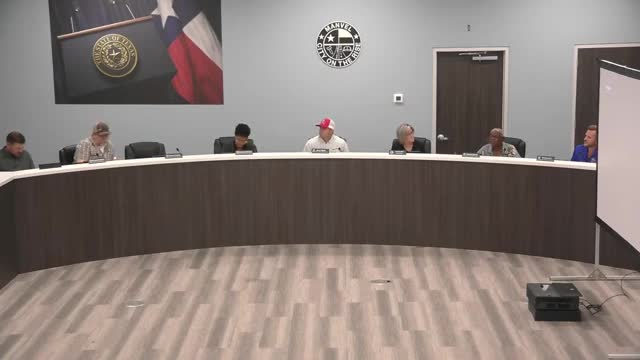Data experts reveal secrets of geofencing technology
October 09, 2024 | Manvel, Brazoria County, Texas
This article was created by AI summarizing key points discussed. AI makes mistakes, so for full details and context, please refer to the video of the full meeting. Please report any errors so we can fix them. Report an error »

In a recent government meeting, discussions centered around the use of geofencing technology and its implications for data collection and visitor analytics. The technology allows for the monitoring of foot traffic in specific locations, with the potential to analyze data down to individual stores. While the maximum geofenced area can reach up to 5 million square feet, the minimum size is estimated to be as small as 20 feet, although data accuracy may vary in less populated areas.
Key questions arose regarding how visitors are classified and the accuracy of the data collected. The panel explained that visitor counts are derived from a combination of algorithms and extrapolations based on a sample panel, which is not representative of the entire U.S. population. They reported an impressive accuracy rate of 93% to 98% when cross-referenced with data from major clients like Target and Amazon.
Demographic data is sourced from partnerships with various dataset providers, utilizing census data and other public records. The panel clarified that they do not collect personally identifiable information, and demographic insights are derived from aggregated data rather than individual profiles.
The meeting also touched on how sales trends are calculated, which involves analyzing visitor numbers alongside public sales reports and credit card transaction data. The panel emphasized that their operations are strictly data-driven, with no financial ties to specific chains, ensuring unbiased reporting.
Overall, the discussions highlighted the growing importance of data analytics in understanding consumer behavior and the potential for geofencing technology to provide valuable insights for businesses and policymakers alike.
Key questions arose regarding how visitors are classified and the accuracy of the data collected. The panel explained that visitor counts are derived from a combination of algorithms and extrapolations based on a sample panel, which is not representative of the entire U.S. population. They reported an impressive accuracy rate of 93% to 98% when cross-referenced with data from major clients like Target and Amazon.
Demographic data is sourced from partnerships with various dataset providers, utilizing census data and other public records. The panel clarified that they do not collect personally identifiable information, and demographic insights are derived from aggregated data rather than individual profiles.
The meeting also touched on how sales trends are calculated, which involves analyzing visitor numbers alongside public sales reports and credit card transaction data. The panel emphasized that their operations are strictly data-driven, with no financial ties to specific chains, ensuring unbiased reporting.
Overall, the discussions highlighted the growing importance of data analytics in understanding consumer behavior and the potential for geofencing technology to provide valuable insights for businesses and policymakers alike.
View full meeting
This article is based on a recent meeting—watch the full video and explore the complete transcript for deeper insights into the discussion.
View full meeting
